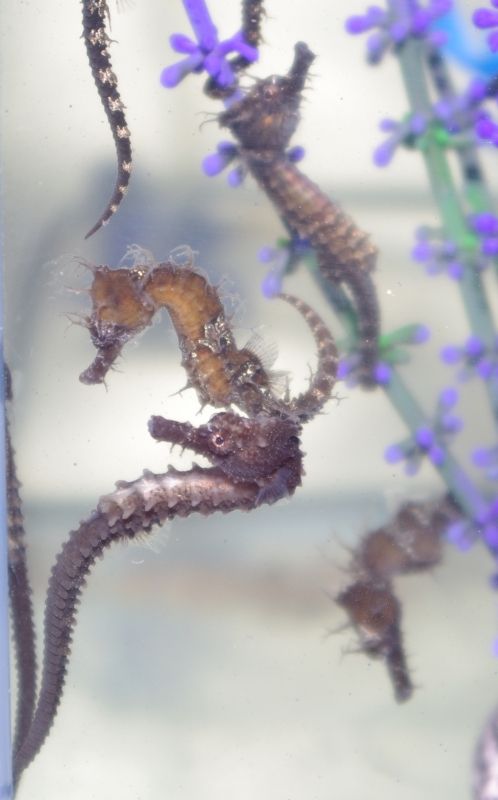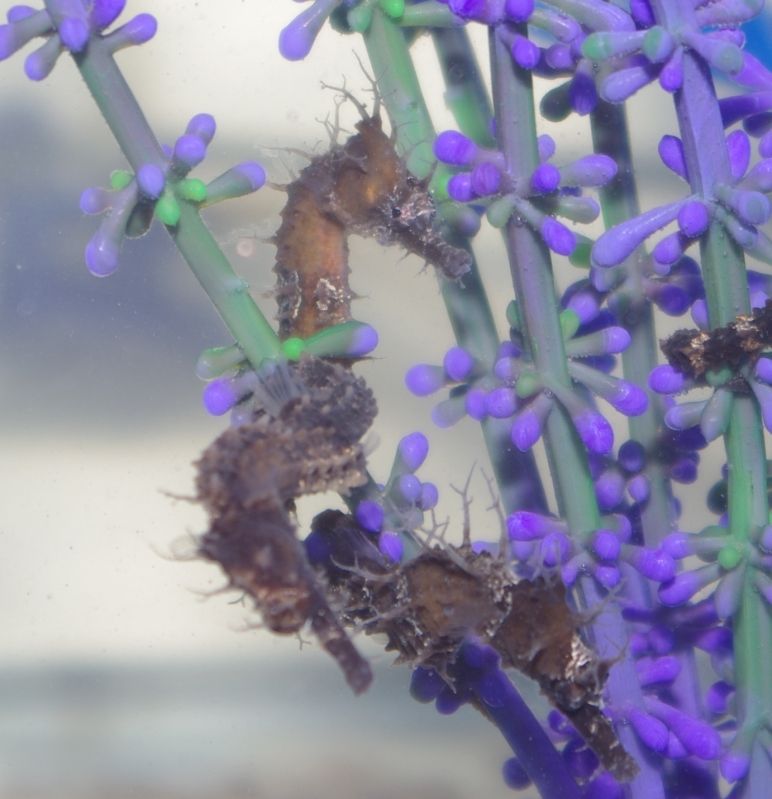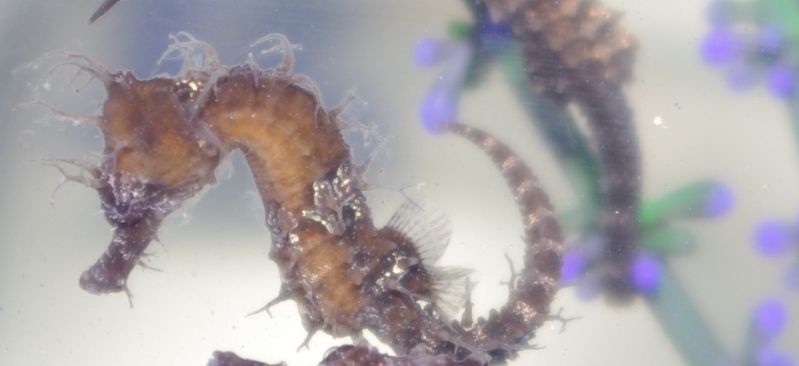Friday 27 July 2012
More Photographs...
As part of my continued quest to take better photographs, I have been playing around some more with the DSLR today. These are some of my favourites. What do you think? I would love to know!
I Have Famous Seahorses!
It looks like the Daily Mail decided to use one of my video's in one of their online articles. The article is about the H.erectus babies that have recently been born at the aquarium in Bournemouth.
The article can be seen here.
The article can be seen here.
Wednesday 18 July 2012
New Pictures
I have been asked to take some pictures for a magazine, so I'm desperately trying to get to grips with using the DSLR. This means that you are likely to be bombarded with pictures now :)
These are my first attempts. The clarity is rubbish, but the colours have come out nicely and the cirri is easily visible.
I have been reading some articles on photographing through glass so we'll see if I can do any better later today.
Hope you like them :)
Sunday 1 July 2012
Seahorses and Colour
During my routine tank maintenance today I noticed that I have, what looks like, my first proper pinto* seahorse and an “oddball” seahorse. These seahorses aren’t actually as uncommon as you would think. Although you don’t often see them available for sale in your local shop, this is most likely because they either never made it is as far as the shop or more likely, they changed colour to a more normal patterning before getting that far.
 |
| Its not a great picture, but this little guy has black and yellow splodges rather than even patterning |
The unusual patterning is caused by a genetic abnormality preventing even pigmentation. Some breeders will actually cull any fry that start to display this irregular colouring whilst others will actually charge more for these unusual seahorses. Whilst I personally wouldn’t cull, I certainly wouldn’t charge more for these seahorses either.
The pictures below demonstrate how dramatically pinto seahorses can change. This is a girl that I bought several years ago. She was mainly white but had brown/green splodges as a juvenile. Within a few months, her colouring changed and she now holds a solid colour (albeit different colours as her mood takes her).
At the same time that you see unusual colour patterning in seahorses, it's perhaps also wise to understand that seahorses use cell-signalling chromatophore cells to change their colour. Much like chameleons or octopus, the seahorse can change colour depending on mood and environment. Nobody holds the exact knowledge as to what influences colour changes (this is perhaps one of the seahorses best kept secrets that it is holding very close to its chest!), although bright backgrounds, and hitches can help. Different species do appear to have a different range of colour chromatophores which is why you may see a different range of colour patterns in Hippocampus reidi compared to H. erectus. However, often most seahorses that are stressed will adopt a black or very dark colouring.
Astaxanthin is a carotenoid pigment which is believed to encourage vibrant colours and is often used as with an enrichment to live food.
*The term pinto that we use with seahorses originates from the same term used to describe horses (of the four legged variety) that have a coat which is mainly white but with blotches of one other solid colour.
Don't forget to join Seahorse Adventures on Facebook, You can meet other seahorse keepers, share experiences and, of course, photo's. Click on the link at the top-right of my blog.
Subscribe to:
Posts (Atom)








